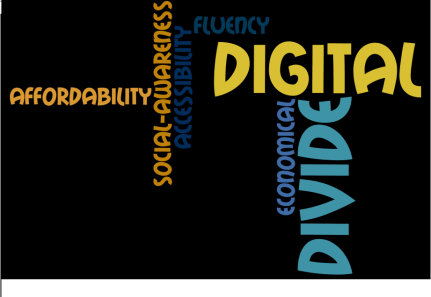This week we logged onto Scratch.mit.edu to create our own cartoon
I found this extremely frustrating to do, and ended up unhappy with my cartoon, due to limited experience on the program, and certain things not working for me.
As a person who grew up with computers, using basic programming comes as second nature to me. Word Processors, Excel Spreadsheets etc. are a piece of cake. This Scratch program, while basic in nature, was extremely difficult to get my head around. This is where I see the real meaning of Digital Fluency and where it could be a problem
We not only need a basic level in which every student needs to reach in regards to technologies, but also need to adjust our viewpoints as to how digitally fluent children are in school. Gerald White writes “The knowledge, skills and attitudes needed to harness new digital media for teaching and learning are an extension of many traditional skills but with the complex addition of new skills and a changed focus” (Digital Fluency for the Digital Age. 2013)
We need to remember that just because schools teach with different technologies, not all students will be able to use them, and compete on the same level
My Cartoon:http://scratch.mit.edu/projects/21521879/#player
REFERENCES:
Howell, J. (2012) Teaching with ICT: Digital Pedagogies for Collaboration and Creativity. South Melbourne, Victoria. Oxford University Press
White, G. (2013). Digital Fluency for the Digital Age. Retrieved from http://rd.acer.edu.au/article/digital-fluency-for-the-digital-age


